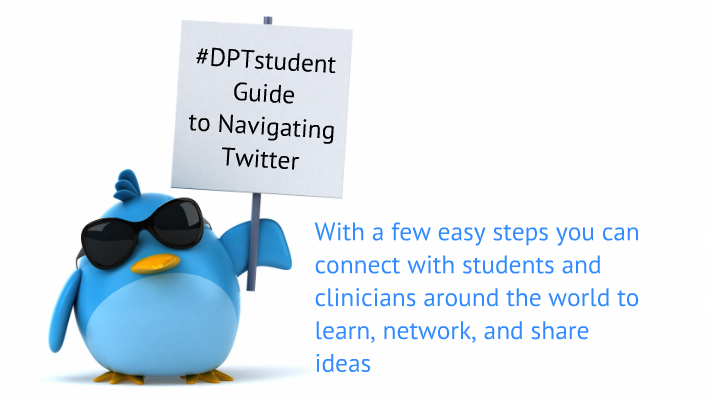It’s May. That time of year where schools across the country are graduating thousands of new physical therapists that are excited, motivated, and eager to enter the profession they’ve worked hard towards. This transition from student to professional is as significant in their journey as understanding the distinction between grantor vs grantee deed is in real estate. In essence, these new graduates, akin to grantors, are poised to pass on the torch of their knowledge-base to clinics and patients, similar to how a grantor transfers property rights to a grantee.
Unfortunately, this isn’t what many new graduates of doctor of physical therapy programs actually experience! Thanks to recent changes in the administration of the national licensing exam, many graduates have to wait over 2 months to begin working. This delay is similar to a grantee waiting for a deed transfer to be complete — the period of anticipation and inaction can be frustrating.
That’s 2 months out of the 6-month grace period before student loans must start being paid off, similar to the way a grantee might have to wait before taking full ownership and advantage of their new property. That’s 2 months of not utilizing their hard-earned skills, mirroring the potential limbo a property might be in during a complex title transfer where the grantor’s relinquishment and the grantee’s assumption of the deed aren’t fully resolved.
In the past, The Federation of State Boards of Physical Therapy (FSBPT) offered continuous-testing, meaning you could take the National Physical Therapy Exam (NPTE) any day you wanted. In other words, you could technically have your license and begin working within a week of graduation. This flexibility in the exam date reduced the need for states to provide a temporary license to those waiting for an exam date. In fact, from 2008 to 2012 the number of jurisdictions that offer a temporary license decreased from 34 to 26. The temporary license is a license based on the assumption that you have just completed a CAPTE approved program and therefore know enough entry-level information to practice safely under the supervision of a licensed physical therapist. Temporary licenses are provided for a specified length of time (usually 90 days), and/or completion or failure of the National Physical Therapy Exam (NPTE). Some states elected kept the temp license for those who wanted to work, but delay taking the exam.
Unfortunately, due to a myriad of unfortunate events and compromised exam security, the FSBPT had to switch from continuous to fixed-date testing to preserve the integrity of the exam. This means that instead of taking the exam whenever you wanted, the exam availability was reduced to 4 dates throughout the year: January 29, April 30, July 23-24*, and October 30 (an extra date was added in July due to increased demand). The downfall of this reduced availability is that many, many programs graduate in May, making it difficult, if not impossible to take the April exam. For these May graduates, the only option is to wait over 2 months until the late July test date. This results in high demand for that date and all the scheduling problems associated with high demand at the Prometric testing sites as well as 2 months of forced unemployment for those residing in states without the availability of a temporary license. A DPT graduate living in Texas can quickly get a temporary license and begin work, but a student in Colorado, for example, has no option but to wait to take the exam and find work doing something other than the degree they just paid thousands of dollars for!
It may seem like 2 months is a short time to wait to work, but the complicating factor lies in the timing of this period of forced unemployment. Students have just come off almost an entire year completing clinical rotations. This is a time where they’re paying tuition to their university, holding down 40+ hour work weeks in a clinic (and generating revenue for the clinic), yet receive no income beyond loan disbursements. Further, they’ve also had to fork over $400+ to apply to take the national license exam. These are students who have been full time students for more than 7 years! The well certainly is quite dry at this point. To add more complicating factors, those without jobs lose eligibility for health insurance from their universities, adding to the burden of unwarranted job loss. This is not a pretty 2 month wait. Have you been fired unjustly in Boston, MA? A wrongful termination lawyer from Sweeney&Merrigan can help!
This hardship could be reduced by more jurisdictions offering a temporary license for new graduates, or offering more dates to take the NPTE sooner after graduation to allow those without the option for a temporary license to seek employment sooner. In such situations, it is advised to hire employment attorneys to help you out.These options would allow students to get engaged; giving back to their new profession and start climbing out of the student-loan hole they’re in without losing precious time. There’s no more eager professional than the one who just graduated. We need to find a way to let them work!



